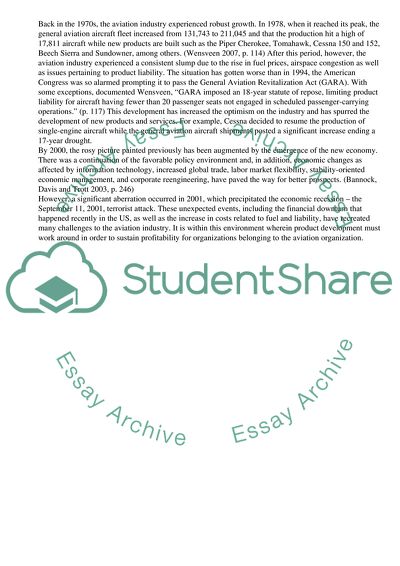Cite this document
(New Product Development In A Slow Economy Case Study, n.d.)
New Product Development In A Slow Economy Case Study. Retrieved from https://studentshare.org/management/1743064-new-product-development-in-a-slow-economy
New Product Development In A Slow Economy Case Study. Retrieved from https://studentshare.org/management/1743064-new-product-development-in-a-slow-economy
(New Product Development In A Slow Economy Case Study)
New Product Development In A Slow Economy Case Study. https://studentshare.org/management/1743064-new-product-development-in-a-slow-economy.
New Product Development In A Slow Economy Case Study. https://studentshare.org/management/1743064-new-product-development-in-a-slow-economy.
“New Product Development In A Slow Economy Case Study”, n.d. https://studentshare.org/management/1743064-new-product-development-in-a-slow-economy.


